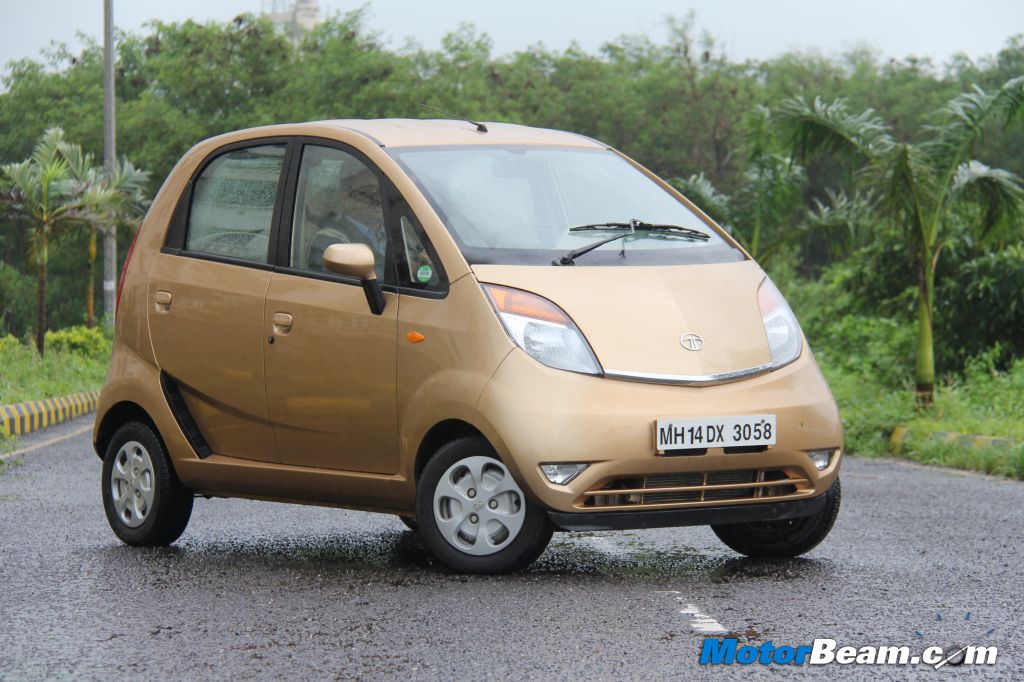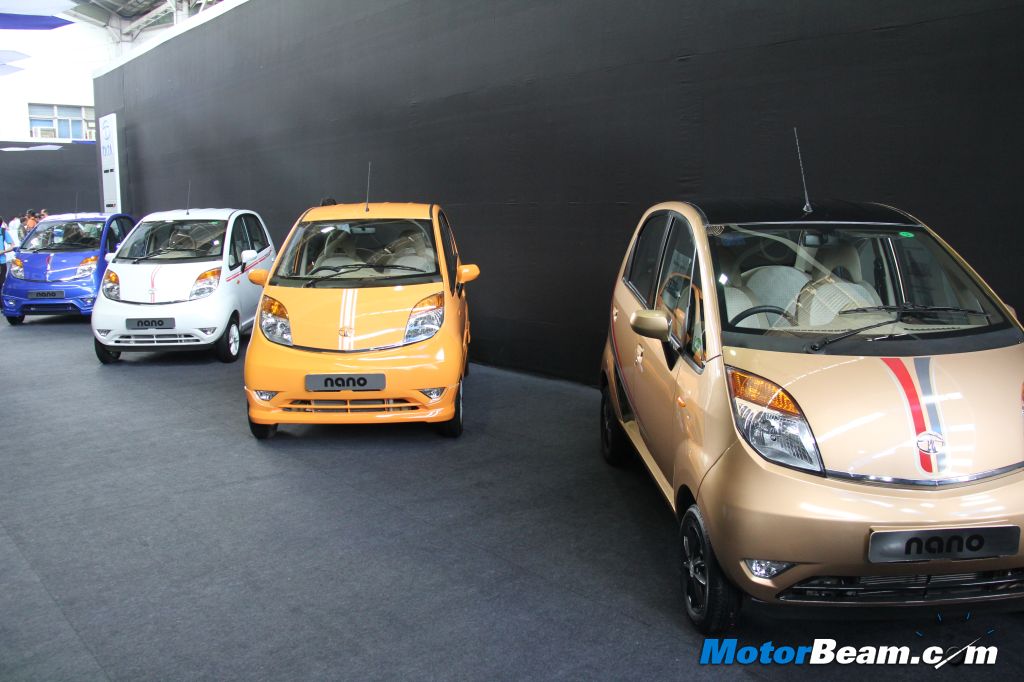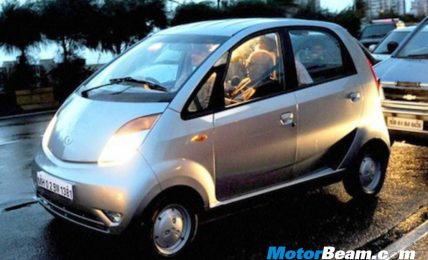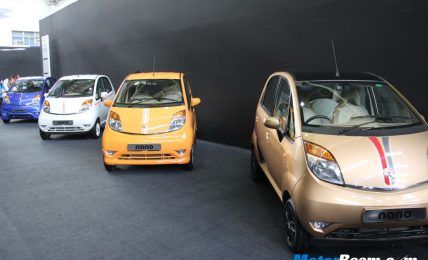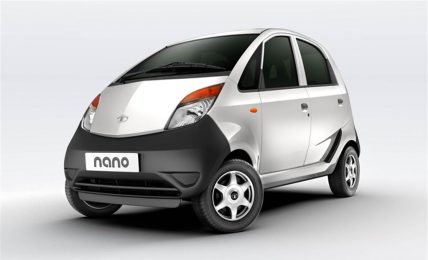Tata Motors has become very famous globally for rolling out the world’s cheapest car, the Tata Nano. It was launched with an attractive price tag of Rs 1,00,000/- (ex-factory) way back in 2008. With such an attractive price tag, Tata Motors was expecting large number of customers to opt for the small car in the entry level segment. But the expectations weren’t reached due to the long waiting period initially and the sudden incidents of moving cars catching fire. This led to customers cancelling their bookings.
Though Tata Motors has resolved the issues related to fire and other problems which were occurring frequently in the Nano, the automaker could not attract customers towards this small car. The company has given mid-life facelifts and launched special editions of the Nano every year since its launch but there wasn’t any success. Tata Motors recently launched the CNG version of the Nano in India and is also planning to introduce a diesel powertrain early next year in order to boost sales.
Ratan Tata believes that branding the Nano as the cheapest car in the world was one of the reasons for its failure in the Indian mass market. In the April-October period this fiscal, the company has sold only 12,322 units of the Nano compared to 43,627 units in the previous year which means a decrease in sales by 71.7 percent. The Nano has failed to live up to expectations after being hyped as the cheapest car to hit the roads. Its sales have been dwindling despite the company’s attempts to re-position it.
Now Tata Motors is considering plans of launching the next generation Nano first in Indonesia as a completely new car so there are no pre-though notions. This will be followed with a different marketing strategy for an India launch to attract customers towards the brand’s small offering. The Nano could also be marketed as a changed product in Europe to tap the interest for the car outside India. The Tata Nano is being refreshed to realise its full potential. The world’s most affordable car is powered by a 642cc, two-cylinder petrol engine which churns out 38 PS of power and 51 Nm of torque.


